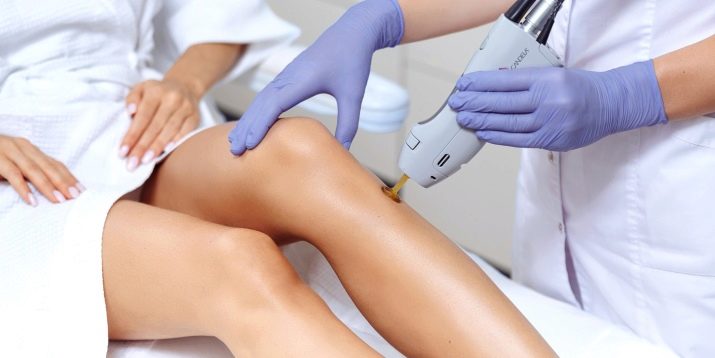How many laser hair removal procedures do you need to completely remove hair?
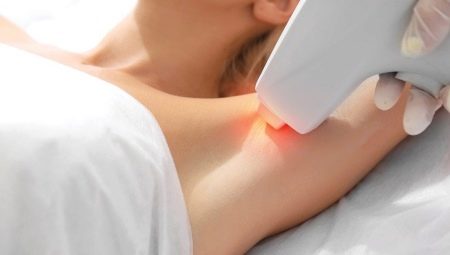
For many women, excess body hair growth is a real problem. Depending on the degree of hair hair, there are different procedures for removal, but laser hair removal is considered the most advanced method. In this regard, many questions arise, one of which is how many sessions will be needed to completely get rid of unwanted vegetation.
How long does it take for hair to fall out?
Modern technology of laser hair removal consists in the fact that a narrow beam of light waves is directed to a certain area of the skin. As a result, the epidermis heats up, which over time causes hair loss. The main feature of the method is the effect of light only on pigmented hairs containing melanin.
On light or burnt (bleached) hair, their removal is impossible, since only this pigment can react to the action of the laser.
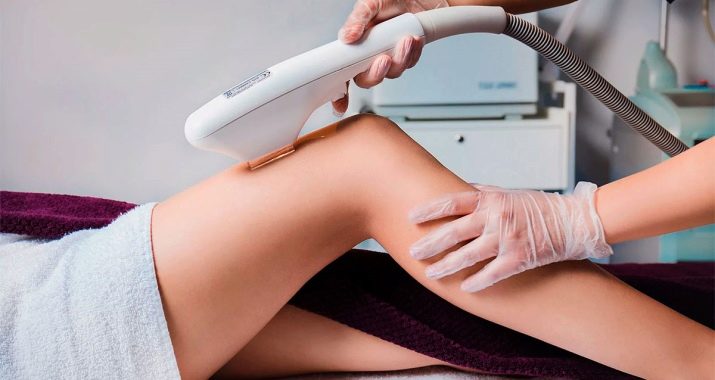
The whole point of laser hair removal is to destroy the growing hair follicle. Only in the case of the death of the hair shaft roots, this procedure can be considered successful. It is absolutely not dangerous for the skin, since heating is limited to a few seconds. But for the hair follicle, this means a gradual loss of vitality, and therefore, the hairs will sooner or later complete their growth.
A logical question is how long does the destruction of the follicle take place after exposure to a laser beam. Of course, any woman would like to achieve the result as soon as possible - beautiful, maximally smooth skin, but, unfortunately, this cannot be achieved in just one session.The fact is that our hair is only partially active during the growth process. Some of them are dormant.
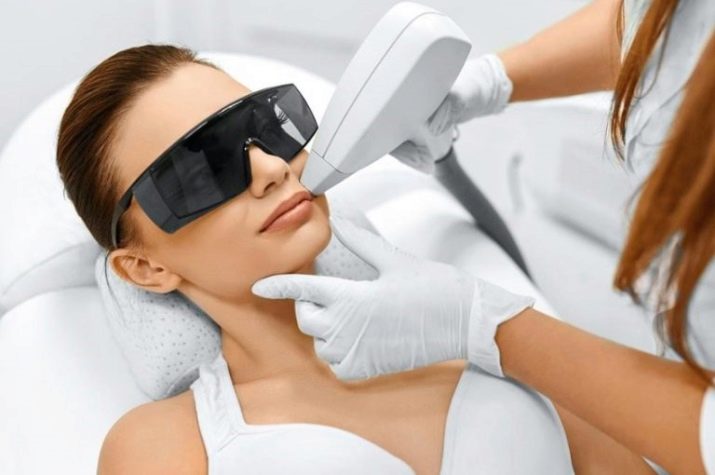
Approximately 30-40% of hairs fall off 14-20 days after the first session. If the effect is not observed after a few weeks, this indicates an incorrectly performed procedure, and you have every reason to blame the cosmetologist for this.
Subsequent, repeated measures using a laser beam have the task of destroying the dormant follicles, thus ridding the woman of all unwanted hair, of course, if they contain natural pigment. But their death does not occur immediately, but over time.

Frequency and number of sessions
The duration of laser hair removal is individual in each case and depends on the thickness of the hair and the rate of its growth in different areas. But on average, it takes about 6-10 sessions to completely remove hair.
The processing time for individual zones differs markedly:
- in areas such as the chin, the area of the ears and upper lip, the cleansing of the epidermis from hair occurs quite quickly - within 10 minutes;
- Irradiation in the bikini area usually lasts about 30 minutes;
- the most time-consuming process is laser hair removal of the skin of the legs, hips and back - this will take at least 1.5 hours.
With abundant vegetation and a large treatment area, the procedure can last 2-3 hours, and the result becomes noticeable after 3-4 weeks.
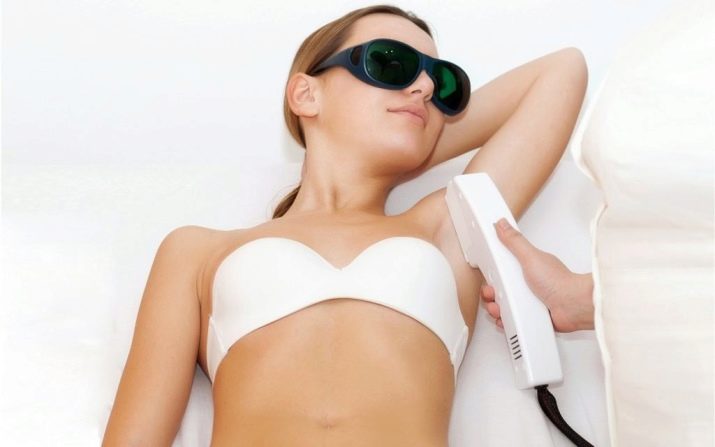
Re-epilation is recommended at intervals of a month or more. From a medical point of view, there should be a break of 2 months between the first and second session, and between the following - from 4 to 5 months. It is during this time that dormant hair follicles "wake up". By the way, the awakening of follicles occurs only after the third or fourth session, and their activity slows down due to the effect of the laser beam. Therefore, when the master suggests coming to him every 15 days, you can be sure that this is a normal marketing ploy.
You can get rid of 80-85% of hair after the fifth procedure and from 90% after the sixth. But not everyone can achieve absolute smoothness - with a quick restoration of roots, this is almost impossible. As for the passage of two courses of laser correction per year, based on the recommendations of some cosmetologists, there is simply no need to repeat the course.
It is possible to maintain the smoothness of the epidermis with 2-3 additional sessions, depending on the rate of hair growth.
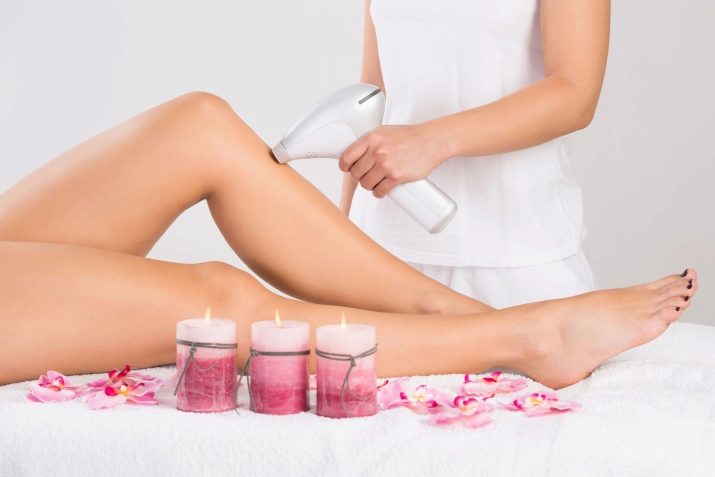
What influences the success of the procedure?
The effectiveness of laser treatments depends on several important factors. First of all, it is the amount and density of hair. Despite the fact that hair grows unevenly in different areas, with a genetic predisposition to a large number of hair follicles it can be difficult to get rid of them - they grow back and stop growing after a full course, actually stretched for a year or more.
The result of laser exposure is influenced by the hormonal balance of the female body, which changes with age. So, women from 18 to 25-27 years old will need to do 6-10 procedures, while at a more mature age, patients can get by with fewer sessions due to a decrease in hormonal activity.
Particularly difficult areas for getting rid of hair are the area above the upper lip, the skin of the knees and bikini.
In the latter case, the difficulty is due to the fact that a huge number of dormant follicles are located in this zone.

Hair color and skin color have a significant impact on hair loss during epilation. The more pronounced the difference between them, the more significant the result. In other words, if the skin is light and the hairs on it are dark, you will need a minimum of procedures to make the traces of vegetation disappear forever. If there is no contrast or the hair is too light and lacks natural pigment, the laser is unlikely to help.
It is equally important that sufficient time intervals are observed between sessions. This is necessary so that the hair follicles have time to wake up.
Skilled dermatologists and cosmetologists also believe that the success of hair removal depends largely on the matching phototype and equipment used for this procedure. For dark hair on a dark epidermis, a neodymium apparatus is selected, and for light skin and dark hair - alexandrite. However, a diode device equipped with a cooling system is considered the most effective, since it further reduces discomfort during a session, and hair after that disappears much faster.
If you decide to remove hair with a laser, first of all find a good, highly qualified specialist with extensive experience in this field. Very often, the success of hair removal depends on his attentiveness and skill.
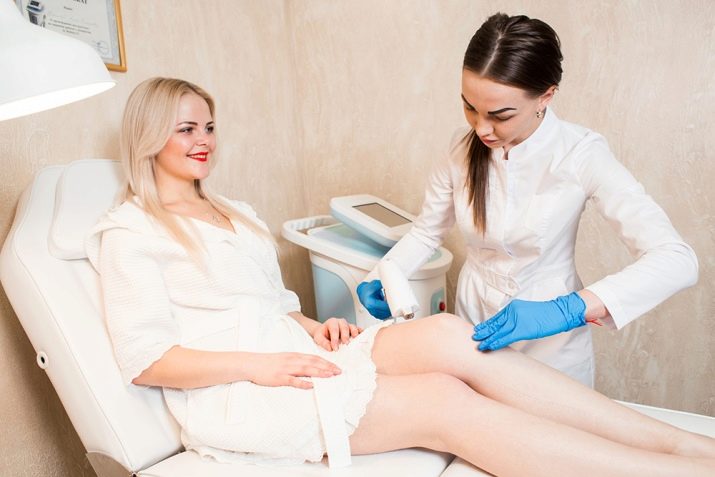
Precautionary measures
Laser hair removal is an effective technique that also has its own advantages. The procedure excludes the penetration of infection under the skin, since it does not violate its integrity. Other advantages are quick results and comparative comfort during the exercise.
However, this event, in addition to the high cost, has its limitations, and sometimes, with the low qualifications of the master, unpleasant consequences. Therefore, it is very important to follow the rules of skin care after laser treatment.
- Immediately after the procedure (within 3 days) it is not recommended to expose the skin to high temperatures, that is, to steam and go to the sauna.
- You can't sit in hot water.
- It is advisable not to scratch the body, as often a slight itching may occur after epilation.
- Staying in the open sun is not allowed for 15 days.
- During hygiene procedures, you cannot use various scrubs that can damage the skin.
- Doctors advise against the use of cosmetics, as this increases the risk of irritation. For symptoms such as redness, swelling and swelling after laser exposure, a hypoallergenic gel based on natural aloe juice should be used for a month. Those with dark skin will need to use the gel for a long time.
- Occasionally, after therapy, fever may develop in the treated areas. To reduce it, you can use the ice application method.
- After half a month after the correction, going outside, you need to apply a sunscreen.
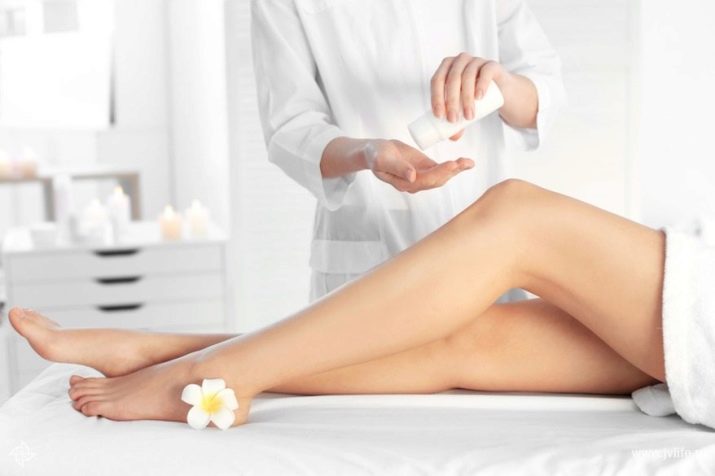
You should also know to whom this procedure is contraindicated.
- It is undesirable to use a laser during menstruation, carrying and breastfeeding a baby. Epilation can be ineffective due to a certain hormonal background of a woman, which affects the intensity of hair growth.
- It is strictly forbidden to conduct sessions for diseases such as diabetes, epilepsy, the active phase of herpes infection, as well as skin diseases - vitiligo, psoriasis, epidermal oncology.
- You cannot get rid of hair in this way if there are rough scars, keloid scars, open wounds on the skin.
- It is not recommended to carry out the procedure with fresh tanning - this can lead to uneven skin color.
- If you have a large number of large or red moles, you should first consult your doctor about how safe it is to use laser correction.
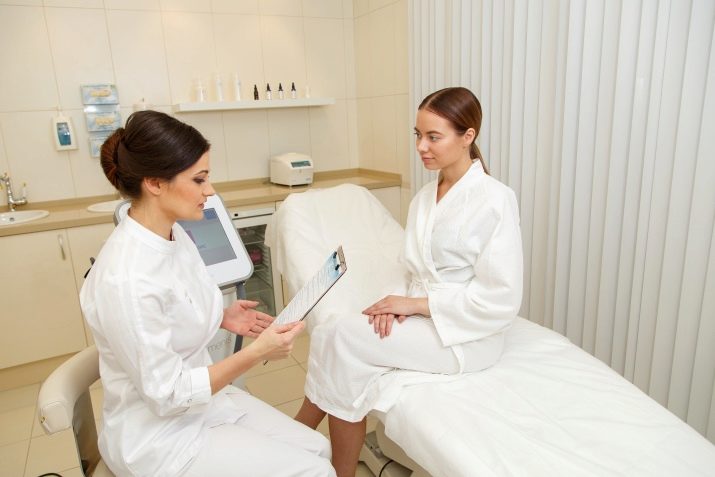
Women with excessive body hair - hirsutism, need to be prepared for the fact that the course of procedures may be delayed, it will take much longer. Along with this, although relatively rarely, this cosmetological technology can provoke unpleasant complications, such as heterogeneity of the skin, epidermal diseases, increased hair growth and even damage to the eye apparatus.
Photosensitive hair removal is by far the most convenient and painless method for correcting body hair growth, but even it does not guarantee 100% hair removal.In addition, in some cases, such treatment of the skin is undesirable. That's why doctors recommend thinking carefully before choosing this option to get rid of the aesthetic problem.
On the other hand, taking into account the contraindications and special requirements of this procedure, it is possible to achieve the maximum result, which is absolutely not guaranteed when using other methods of epilation.
